Main Linking Verbs Takeaways:
- Here’s a Comprehensive Linking Verbs .pdf
- Unlike most verbs, a linking verb is not an action word.
- Instead, they connect the subject of a sentence with the rest of the sentence. They join a subject with its predicate noun or adjective.
- There are 12 main and 23 total linking verbs in the English language.
- These are always linking verbs: to seem, to become, and any form of the verbto be.
What is a Linking Verb in English Grammar?
According to traditional English grammar guides, a linking verb describes the subject by connecting it with the rest of a sentence. What’s more, they can be a single word or a group of words. Unlike other verbs, this type of verb does not convey action. Instead, they describe or identify a subject. Think of them as the glue that holds a sentence together.
There are several verbs that are always linking. These are:
- to seem
- to become
- any form of the verb to be
Here are some examples of linking verbs used in sentences:
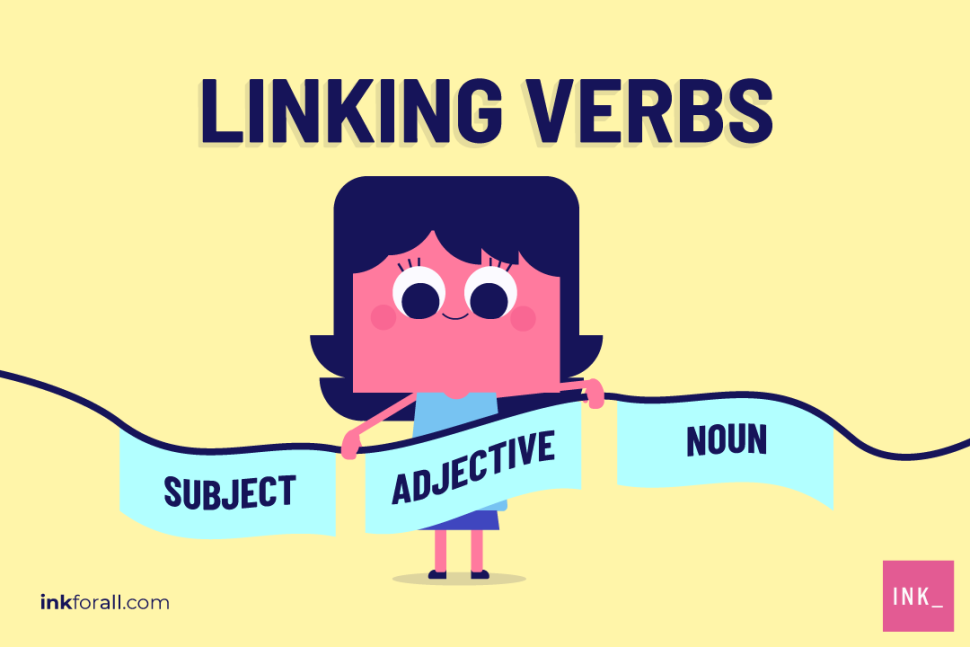

What is the Difference Between a Linking Verb and an Action Verb?
Typically, verbs are action words. However, linking verbs don’t express action. Instead of acting, they describe and connect. Specifically, this type of verb describes a state of being. Moreover, it connects the subject of a sentence with the subject complements. Subject complements are predicate nouns or predicate adjectives. “To be,” “to become,” and “to seem” are always linking verbs. Words that can function as a linking or an actionverb include smell, appear, look, and sound.
How Many Linking Verbs are There?
There are 23 total linking verbs in the English language. This total is made up of about eight verbs that are always linking. Examples include become, seem, and any form of the verb to be like am, is, are, was, were, and has been. Additionally, this total includes about 15 more verbs that can also be action or helping verbs.
What are the 23 Linking Verbs?
The 23 linking verbs are:
- am
- is
- was
- are
- were
- being
- been
- be
- have
- has
- had
- do
- does
- did
- shall
- will
- should
- would
- may
- might
- must
- can
- could
What is the Most Common Linking Verb?
There are 12 popular linking verbs (is, seems, be, am, becomes, been, are, feels, being, was, appears, were).
- is
- are
- am
- was
- were
- can be
- could be
- will be
- would be
- shall be
- should be
- may be
- might be
- must be
- has been
- have been
- had been
But, you can transform some of them into other forms, such ashelping verbs.
What Is the Difference Between a Linking Verb and a Helping Verb?
To start with, both linking verbs and helping verbs are not action verbs. However, there’s a big difference between their functions in a sentence. Linking verbs express a state of being or a condition. They connect the subject to the rest of the sentence. On the other hand, helping verbs or auxiliary verbs help the main action verb in a sentence. Consider the following examples:
Linking verbs used in sentences
Helping verbs used in sentence
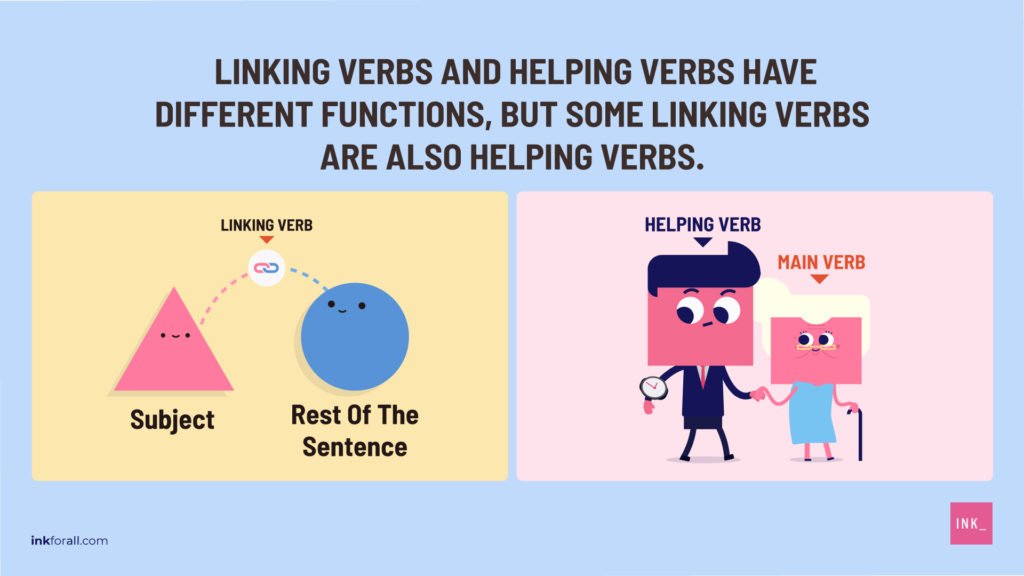

Here is a list of common helping verbs. Bold verbs are also linking:
- is
- can
- be
- do
- may
- had
- should
- was
- has
- could
- are
- will
- been
- did
- might
- were
- does
- must
- have
- would
- am
- shall
- being
To further complicate things, sometimes “is” can be linking, action verb, or a helping verb depending on the sentence’s context.
In these sentences, “is” describes a state of being. The action referenced here is “to be.”
Download:Here’s a Comprehensive .pdf of Linking Verbs
How Do You Identify a Linking Verb?
Here’s are three quick tricks for identifying a linking verb. First, replace your verb with is or are. If the sentence still makes sense, then your verb is most likely a linking verb. This is because is and are can act as linking verbs, but they are also effective substitutes for others. Similarly, another trick is to replace the verb with an equals sign (=). If the sentence still make sense, the verb is almost certainly a linking verb. The final trick is to decide whether the verb describes a state of being or an action. If the verb describes the subject’s state of being, it’s probably a linking verb. However, if the verb describes an action, it’s probably not.
1. Replace the Verb With Is or Are
In the examples above, you can replace each verb in question with “is” or “are.” The sentences still make sense. Therefore, it’s confirmed that the each verb we replaced islinking.
However, in this example, the meaning of the sentence changes when we substitute the verb in question:
The verb dries is an action verb because itdescribes an action the subject takes and not a state of being.
2. Replace the Verb With =
One of my favorite short-hand tactics for taking notes in History class. Replacing the verb in question with an equal sign can also help you determine what kind of verb a word is.
How does Shayla feel? She’s annoyed, and we understand that after reading each example.
3. You Decide: State of Being or Action?
The example above describes the subject, Daria. What’s more, the word smells connects Daria to the rest of the sentence. The linking category of verbs describes the subject and connects it to the rest of the sentence. Therefore, smells is linking here.
However, this example describes an action that the subject of the sentence took. In other words, this example describes something that Daria did.
What did Daria do? She smelled (the cake. We know you’re fresh as a daisy, Daria).
Therefore, smells is an action verb here.
Linking, Helping, Action, or All of the Above? Set a new High Quiz Score
Linking Verbs Question #1
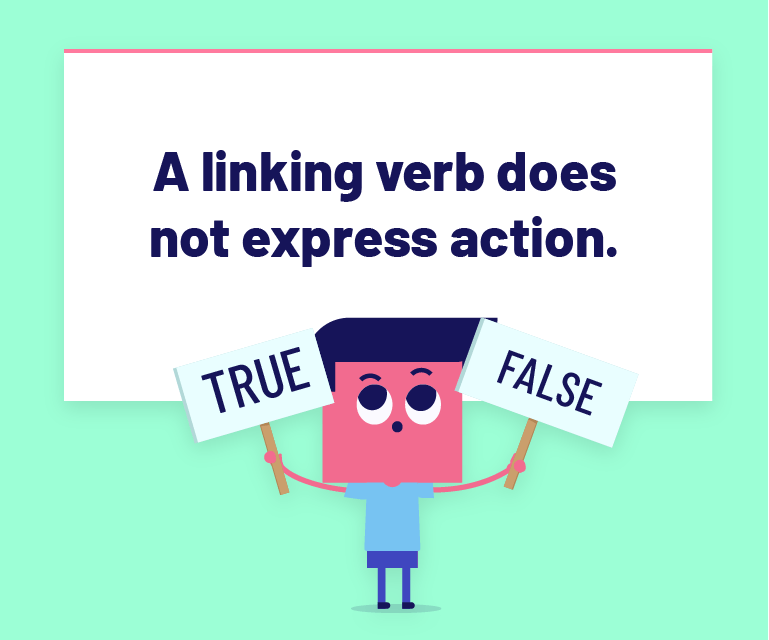

The answer is TRUE. Linking verbs connect the subject of a sentence with its predicate.
Linking Verb Question #2
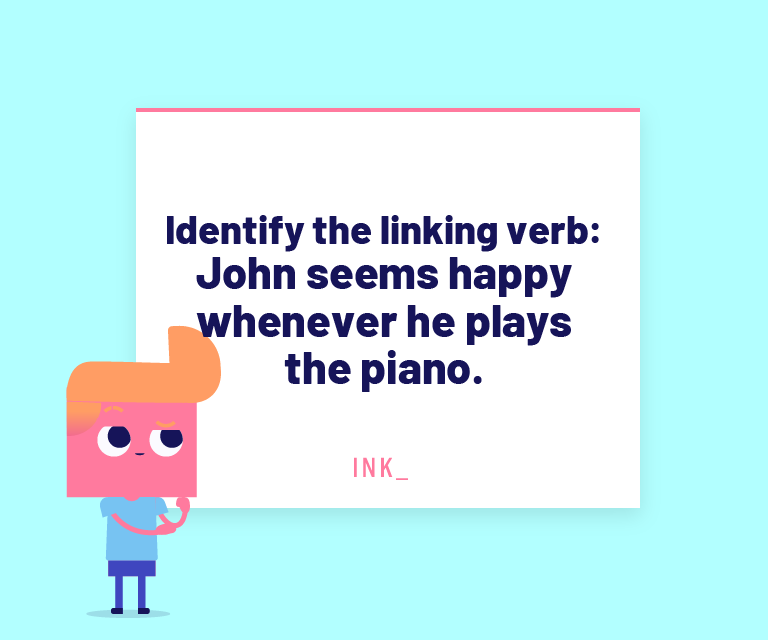

The answer is B. Seems connects the subject, John, with the rest of the sentence.
Verb "is" and "are" Question #3
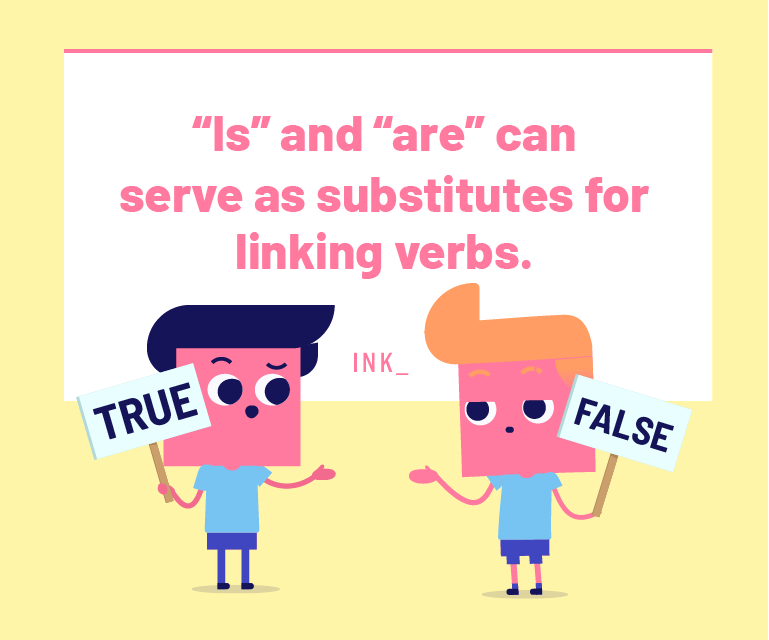

The answer is TRUE. You can identify a linking verb in a sentence by replacing it with “is” or “are.”
Linking Verb Question #4
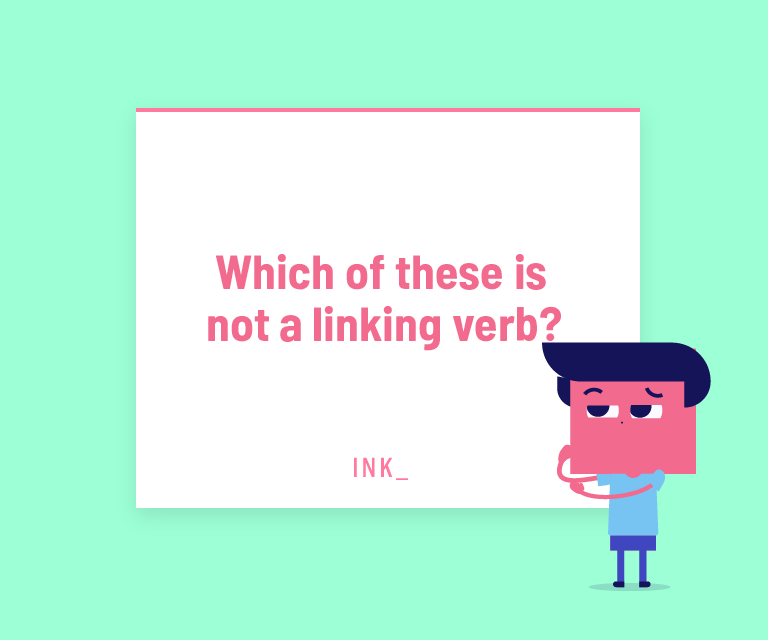

The answer is D. Work is an action verb.
Linking Verb Question #5
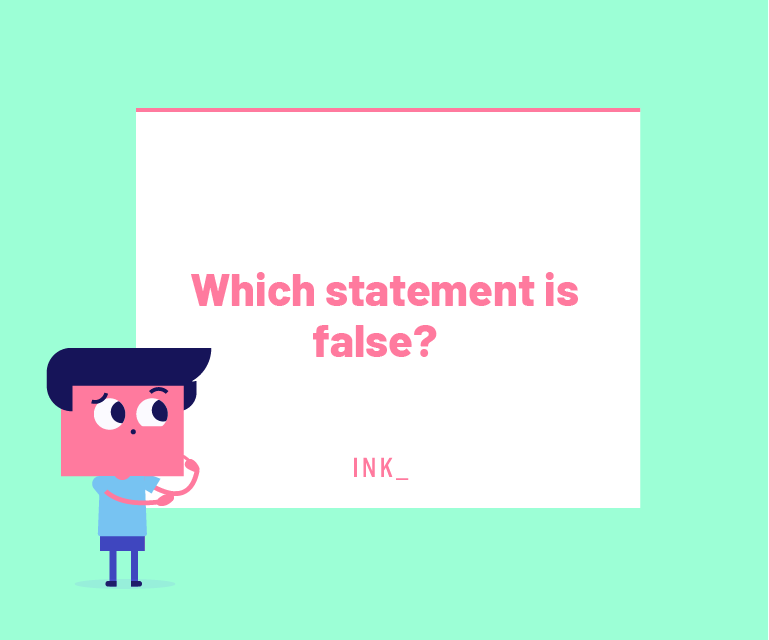

The answer is A. Unlike linking verbs, helping verbs help the main verb in a sentence by extending its meaning.
Helping Verb Question #6
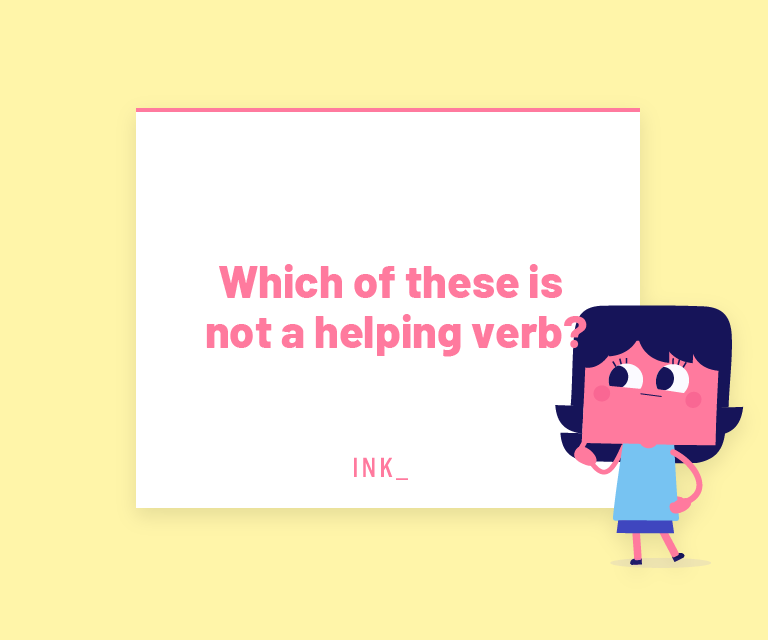

The answer is B. Seems is a linking verb that connects the subject of a sentence with its predicate.

This was genuinely so helpful!! Thank you so much!
Thank you! We will be adding a downloadable .PDF with a full list of linking and helping verbs plus many more examples. We will let you know once it is available. Stay tuned! Thank you again for your warm comment and for reading.
Can you give an example of using do/does/did in Sentence as a linking verb?
Hi Merlin, thanks for your question. Technically, do/does/did are helping verbs. We made a downloadable .pdf with tons of examples of linking and helping verbs here: https://blog.inkforall.com/wp-content/uploads/2020/06/Linking-Verbs-List.pdf
You can find do/does/did examples on page 3 under the Helping Verbs section in blue. Let us know what you think! Don’t be afraid to comment again for more examples. Thanks again for reading.
Thanks so much! I found clarity here. I am teaching this to my 3rd grade students. 🙂
Let me add this, the infographics are cute! 🙂 Keep up the good work.
WOW, Jade! Thank you for such warm words. We’re glad we could help. This is a tough subject at any age! The PDF in the article is also a great study guide for your students. The quizzes are also helpful practice. Thanks again for your comments!
I’m in fourth grade and we are learning about this thanks to you I know a lot about this topic
Amazing! Can I ask how do you make these beautiful infographics?
Wow, Viktor! Thank you for your kind words. Our graphic artist are really something aren’t they! I’ll pass along the compliment. Please do share our images and infographics to show the artists how much you enjoy their work, and help others understand these concepts as well. Thanks again!
cool i want to do this all day and im in 3rd grad
Hi, Karman! Excellent job! Study up. Glad our guide could help. How did you do on the quiz at the end of the article? Thanks again for your comment.
very well put together. Thank you for providing so much clarity on this topic.
You’re welcome, Reena! Thank you for the kind words and we’re glad that this article has helped clear any confusion you might have with linking verbs. Take care!
Its soo beneficial 👌🏻👌🏻👌🏻👌🏻👌🏻
Hi Princes,
We’re glad that you found this post helpful. It also comes with a downloadable .pdf containing tons of linking and helping verb examples. You may download it here. Again, thank you for stopping by! 🙂
Rechelle
its really informative
Hello Saba!
Thank you for the positive feedback. Were you able to download our free PDF material containing a bunch of linking verb examples? If not, here’s a quick link for you. Again, we appreciate your time, so don’t hesitate to let us know if there’s anything else that we can do to improve our article. Have a great day!
yes this article was really appreciable! I want full English grammar notes please
Pam, Great information.
I want to know the color verbs in the websites when I checked to analyze verbs. What does it mean?
Hi Ju Ya,
The colors don’t have meaning. We’re updating our tools pages to remove the colors. Thank you for pointing this out to us!
so helpful, wow. much good
You have a list of sentences that are supposed to have linking verbs under “What is a Linking Verb in English Grammar?”. One of them says: The twins were outside when the storm hit. I think this is a state of being verb. Please explain if I am wrong, I do not see how this is linking.
In this sentence, Kim, were is a linking verb that links the subject, twins, with where they were – outside. Hope this helps. Thanks for reading our blog!
Also, under “What is the Difference Between a Linking Verb and a Helping Verb”, you say the sentences are “state of being” verbs. Aren’t these linking verbs that are linking a predicate nominative to the subject ?
Hi Kim!
That section is giving an explanation of what a linking verb is and below it are example sentences using linking verbs and helping verbs.
Hope this clears things up.
Thanks for stopping by!
Dear Pam,
How come Helping verbs are the same as Linking verbs? If I am not
getting wrong, helping verbs function as auxiliary verbs and only some
of them are linking verbs too. Consequently I do not understand the answer A for question 5.
Hi!
Helping verbs are not the same as linking verbs. Question #5 asks which of the following is False? So, the answer is saying they are not the same.
Hope this helps clears things up.
Thanks for reading our blog and stopping by!